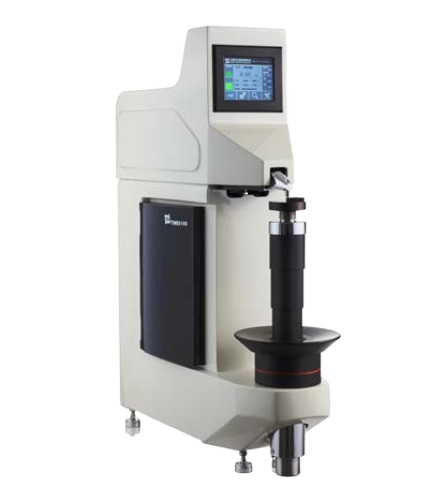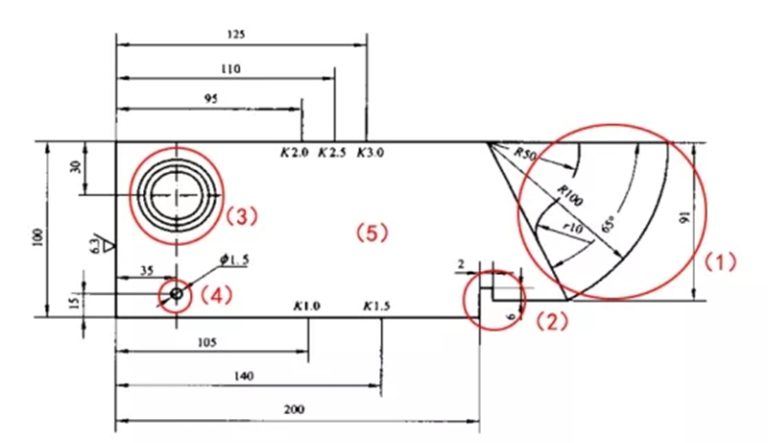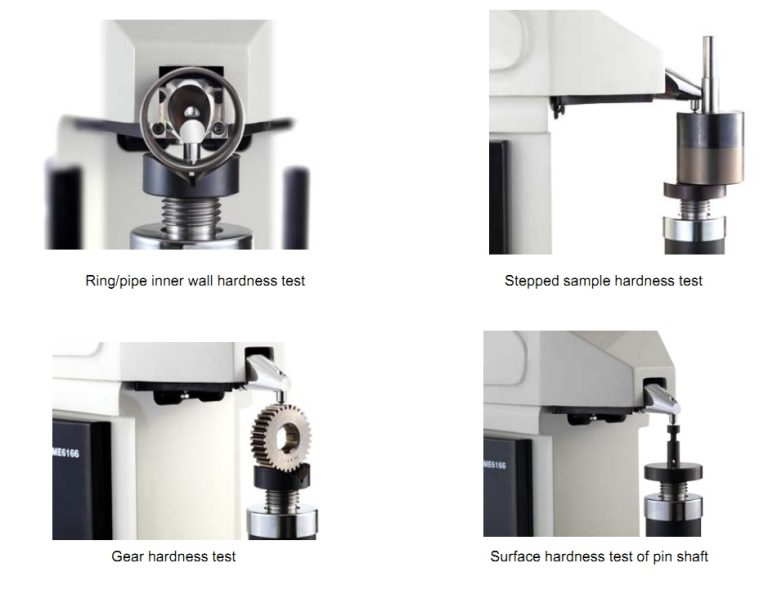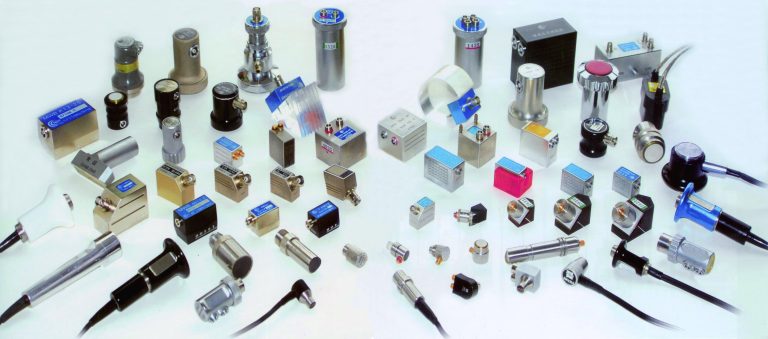Basic principles of Richter test
With the development of monolithic chips, in 1978, Swiss Dr. Leeb proposed a hardness testing method. Its basic principle is that an impact body with mass impacts the surface of the sample under the action of the test force, and the impact body is measured 1mm away from the surface of the sample. The impact speed and rebound speed use the electromagnetic principle to induce a voltage proportional to the speed. The Leeb hardness value is expressed as the ratio of the rebound speed of the impact body to the impact speed.
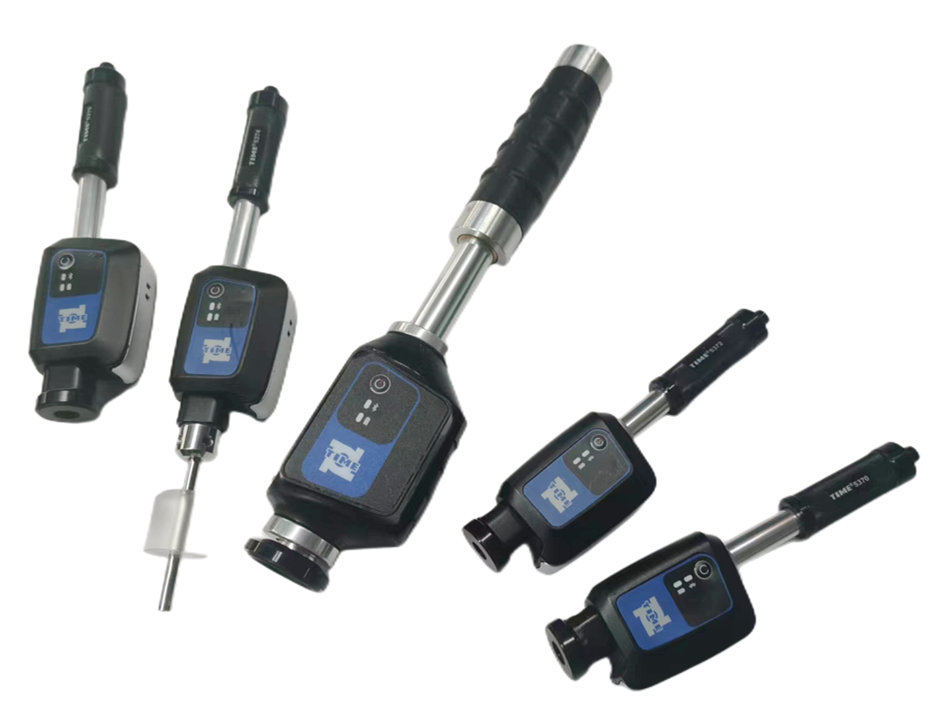
Calculation formula: HL=1000*(VB/VA) In the formula: HL – Leeb hardness value VB – rebound speed of the impact body VA – impact speed of the impact body
Leeb impact device
There are seven types of Leeb hardness: D, DC, D+15, C, G, E, and DL:
D: Dimensions: f20*141mm, weight: 75g. Universal type, used for most hardness measurements.
DC: Dimensions: f20*86mm, weight: 50g. Impact devices are short and are mainly used in tight places, such as inside holes or cylinders.
D+15: Dimensions: f20*162mm, weight: 80g. The head is small and is used for measuring the hardness of grooved or recessed surfaces.
C: Dimensions: f20*141mm, weight: 75g. The impact energy is small, and it is used to measure small, light and thin parts and surface hardened layers.
G: Dimensions: f30*254mm, weight: 250g. The impact energy is large and the requirements on the measuring surface are low. Used for large, thick and rough forged castings.
E: Dimensions: f20*162, weight 80g. The indenter is made of artificial diamond and is used to measure the hardness of materials.
DL: Overall dimensions: f20*202mm, weight: 80g. The head is small and used for measuring the hardness of narrow grooves and gear surfaces.
Use of special-shaped support rings
In field work, we often encounter curved specimens. Curved surfaces have different effects on the hardness test results. When operated correctly, the position where the impact falls on the surface of the specimen is the same as that of the flat specimen, so the support ring is universal.
However, when the curvature is small enough, the impact body’s rebound speed will be low due to the difference in elastic state of deformation due to plane conditions, resulting in a low Leeb hardness indication.

Therefore, for specimens, it is recommended to use small support rings when measuring. For specimens with small curvature radius, it is recommended to use special-shaped support rings.

